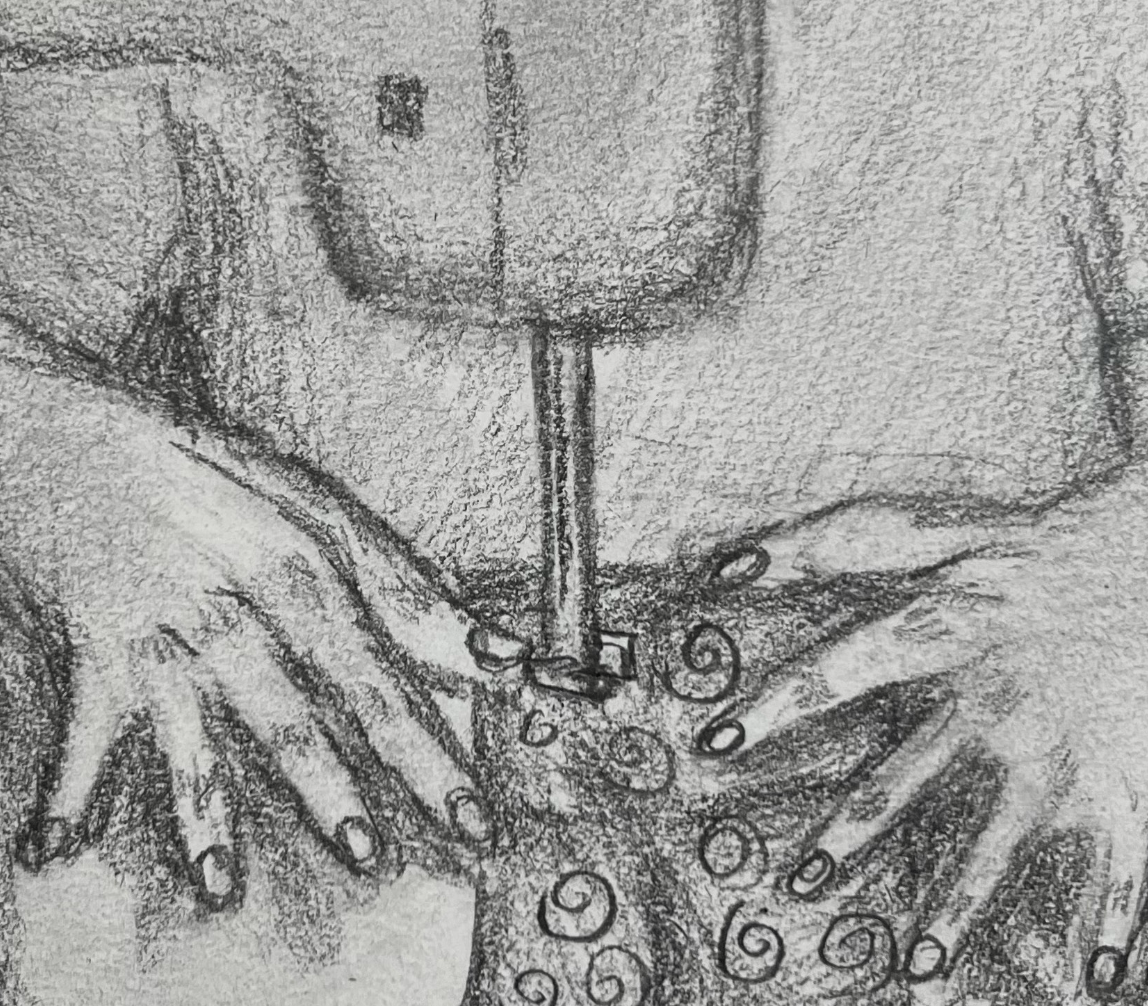From the pictures on our mantels, the radio stations we listen to in the car, the books we read, or the movies we watch, our families shape who we are. Until we reach a certain age, and with it a threshold of consciousness, our minds absorb parental advice and the topics discussed around the dinner table without much thought. Growing up in a Turkish household in Istanbul, I am naturally familiar with the dramatic ups and downs of Turkish TV, authors like Orhan Pamuk, and the patterns in the kilims decorating our floors. Even if the effects feel subtle to us, our family history impacts our everyday experiences.
Every family carries the backstory of different cultures, relationships, and hardships, and they each adopt distinct ways to deal with the past. These transgenerational influences, stemming from race, religion, and class, are portrayed in “Go Tell It On the Mountain” by James Baldwin.
The novel is framed around John’s 14th birthday and his first religious experience. John is a young boy from an African-American family in Harlem. Following a frame narrative, the story includes flashbacks to the lives of John’s stepfather, Gabriel, his aunt, Florence, and his mother, Elizabeth. Gabriel, a preacher, strictly imposes his
religious ideology on John and his brother, which only creates tension in their relationship. John is burdened with the tacit assumption that his future is fixed and his religious fate is inescapable. He detests his father’s brutality and understanding of religion, where sin is central in what brings him joy. Baldwin explores John’s ties to his family, sexuality, and the church with intense, poetic, and vivid prose. The novel depicts the sociology of guilt through John’s internalized need for salvation and his father’s pietism.
Through these flashbacks, Baldwin intricately paints the person behind the persona. We witness the effects of the Great Migration on John’s three elders and the past that shaped each of them. The legacy of slavery adds poignancy to John’s identity, as his family members have all suffered the same obstacles: racism, poverty, and the search for selfhood. By the end of the book, John reconciles with his family history by achieving salvation through an intense religious experience at the church altar, yet others in his family confront their troubled pasts differently. So, what does it mean to redeem our history—the events that mold, nurture, and define us? How does this “salvation” manifest itself in our lives today?
By the end of the novel, John is “saved” by his religion, the very thing that has afflicted him and widened the chasm between him and his father. John initially strives to escape from his family as a whole, garnering hostility for his father and everything he represents. As the story progresses, however, John discovers ways to work with his family history instead of against it. Although his relationship with his father remains distant and cold, John accepts his religious identity and alters it to fit his needs. He embraces the world he comes from with a sense of internal compromise and finds the midpoint between his imposing family culture and evolving identity.
In many situations, our family traditions are like pre-established guideposts. They shape the ways we celebrate, mourn, overcome problems, approach new relationships, entertain, and are entertained. Especially throughout high school, when our identities are fickle and easily influenced by the world around us, having such guideposts can make self-discovery feel steadier. As much as Baldwin’s novel portrays heavier themes, such as race, religion, and class, it also illustrates a young man’s coming-of-age story—a story we can all relate to. And much like John, who discovers ways to work with his past instead of against it, we can learn to balance our evolving identities with our complex, unique, and rich family histories.



